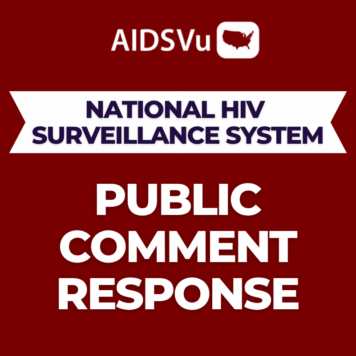In an effort to understand whether real-time social media conversation can be used to predict HIV outcomes, The University of California, Los Angeles’s new Center for Digital Behavior used AIDSVu’s prevalence data to draw correlations between tweets mentioning HIV risk behaviors. The study was led by Sean Young, assistant professor of family medicine at the David Geffen School of Medicine and co-director of the Center for Digital Behavior.
Young’s team of researchers collected more than 550 million tweets between May and December 2012, using an algorithm to identify those mentioning HIV risk behaviors related to sexual intercourse and drug use. More than 8,500 tweets mentioning risky behaviors and 1,300 about drug use were identified by the algorithm, and the team mapped them against AIDSVu’s prevalence map to determine whether any correlation existed.
The findings showed a significant relationship between tweets indicating risky behaviors and counties with high numbers of HIV cases. Researchers concluded that big data from social media collected in real-time could provide a viable means to understand and potentially predict where HIV cases and drug use are likely to occur. The study was published in Preventative Medicine, a scholarly journal focused on disease prevention and public health with the idea that future research could help to advance the cost-effectiveness of this type of approach and refine how real-time social media data may be used for HIV detection and prevention.




